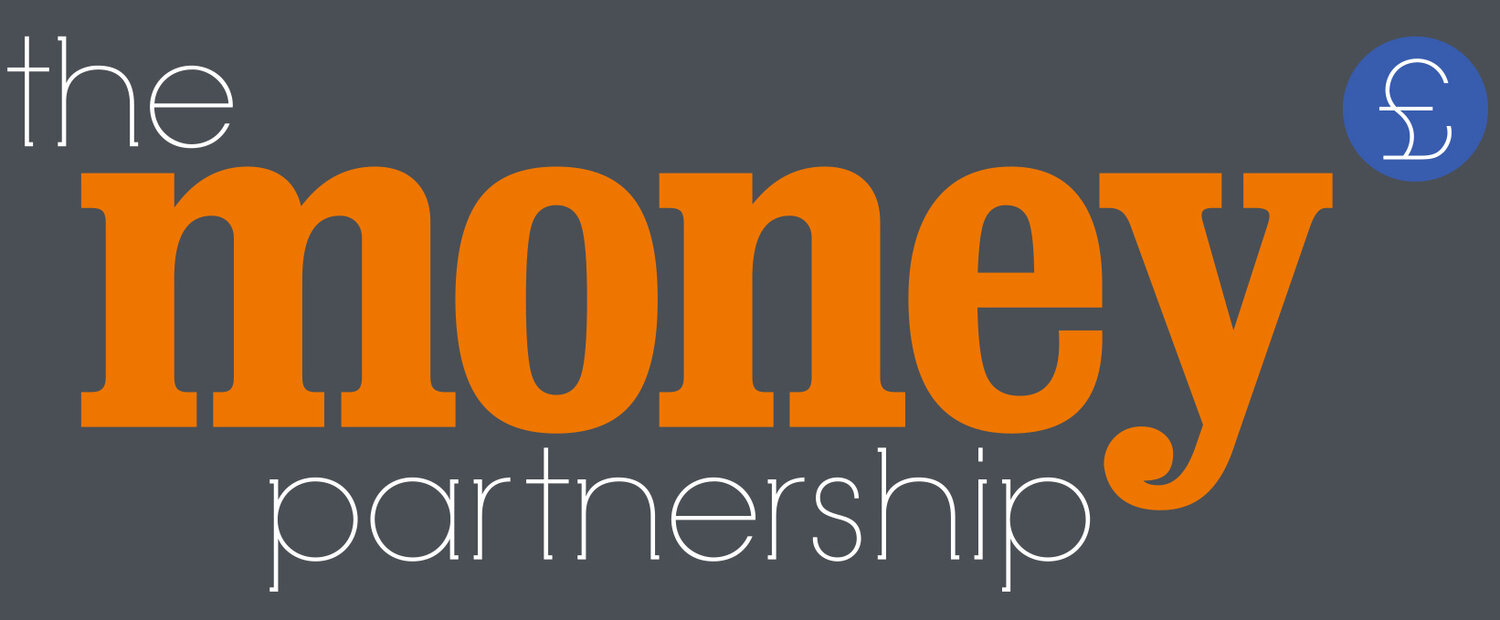How to teach your kids to save money: saving vs spending
No matter the age of your children you can start teaching them about spending and saving money.
It's important to teach your children what they need to know on how to be prepared when they become independent adults when they are ready to leave home. Getting into the habit of saving from a young age can lead to a lifetime of financial independence.
We have come up with a guide on how to teach your kids how to save.
The first step to take is to explain the importance of saving, budgeting, and setting saving goals.
To a child, being told to save without an explanation may seem pointless to them. Helping your children define a savings goal can be a better way to get them motivated. If they know what they are saving for then you can help them break down their saving goals. You can help them figure out how long will it take for them to reach those goals.
It’s hard to know what age a child should open a bank account. Your child can start learning money management at a young age by saving coins in a piggy bank. But you may decide that it’s better to open a bank account for them.
A savings account is a great opportunity to teach your child some financial lessons, such as teaching them to save for things they want instead of spending it all at once, it can also start to explain the value of interest as they see their savings grow.
You can also teach your children about the 50/30/20 rule, if you are unsure what this is, it’s a percentage-based budgeting method that can help you manage your money on a monthly basis.
You spend 50% of your income on essential needs such as outgoings that you cannot avoid, or things that you’d struggle to live without. You spend 30% of your income on what you want, for example, things you like to spend your money on, but don’t actually need day-to-day. Then you save the remaining 20%.
Everyone’s situation is different, so if you feel 20% is a bit much you can change it to 10% or 5%. You can always change it to a different amount when you think that you can save more.
One of the major benefits of the 50/30/20 rule is that you can keep track of what you are spending, and you can stick to your budget.
If your child is at the right age, you can sit down with them, show, and go through what you spend your money on, you can show them the essential items that your household needs, and ask them questions to see if they know what the everyday essentials are. You could always take them shopping with you and give them a list of items to get with a budget. This is a good way of showing your children how to spend money.
We know there are many different options to help your child save, and it is hard to know which one is the best option. Contact us today at info@themoneypartnership.com or call us on 01633 987070 to speak to an adviser to guide you making the right decision.

